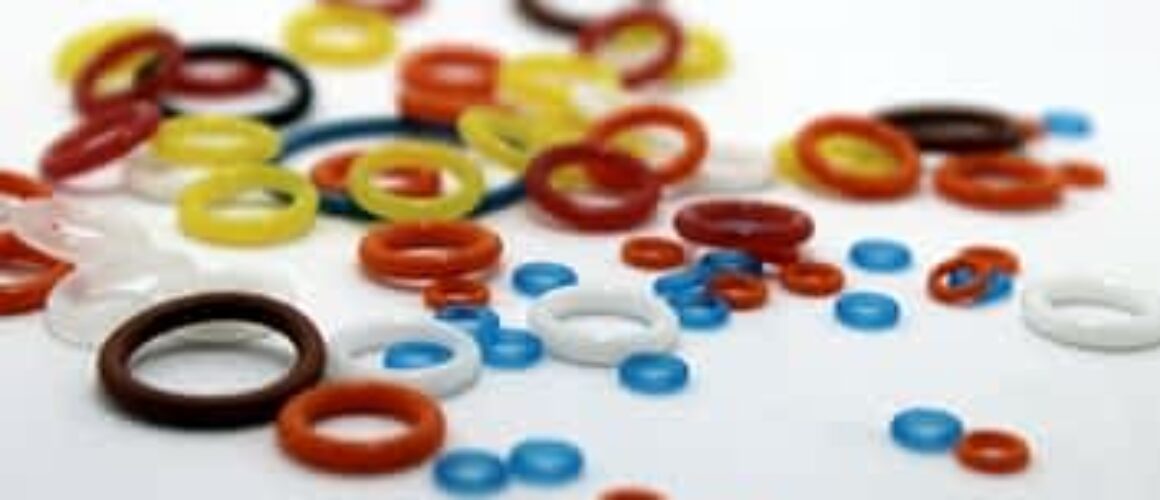Static & Dynamic Sealing With O-Rings: What’s The Difference?
The first thing to consider while choosing the type of o-ring to use in a given application is to identify the type of surface it comes into contact with. If the surface is in motion, a dynamic seal is used, and if the surface is static and without any movement, a static seal is used.
They can be further categorized on the basis of other factors. For example, static seals are further divided into two types depending on the direction of compression: axial or radial seals, and dynamic seals are categorized into reciprocating, rotary, and oscillating, depending on the motion of the surfaces.
It’s important to keep in mind the differences between static and dynamic sealing:
- The material used to make both of these seals is different. Since dynamic seals are always in motion, the rubber material used to make them should be stronger and more resistant to friction and wear and tear than static seals. Nitrile is a perfect material to use for dynamic seals, as it offers exceptional abrasion resistance and high temperature resistance.
- Although factors such as pressure, temperature, and chemical exposure have a great impact on the functioning of the seal, the life of a static seal is still longer than that of a dynamic seal because static seals are used in a motionless environment. The dynamic seals, on the other hand, are exposed to friction and movement, making their lifespan shorter than static seals.
- The exposure to movement and friction on the dynamic seals makes them require more maintenance and do so at a faster rate in comparison to static seals.
- It is very important to make sure that the materials of the gland and o-ring are compatible in order to prevent seal failure. In the case of dynamic seals, the material should not abrade the o-ring during movement as it will cause the o-ring to tear. However, in static seals where the o-ring doesn’t move, the surface finish and material of the gland are irrelevant.
- Both static and dynamic seals require lubrication to function properly and effectively, but dynamic seals require more lubrication in order to stay resistant to friction.
These differences are important to keep in mind to make sure you make the right choice for your application. If you are still confused as to which o-ring to use for your application, feel free to get in touch with us at info@kesaria.com.


